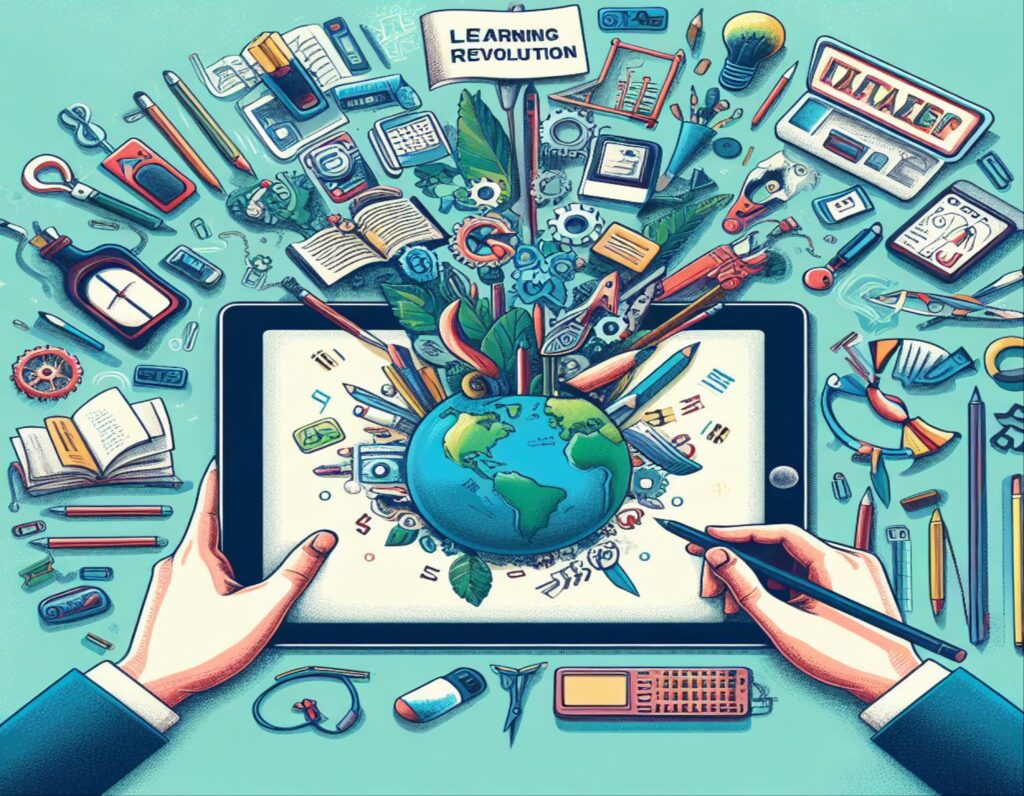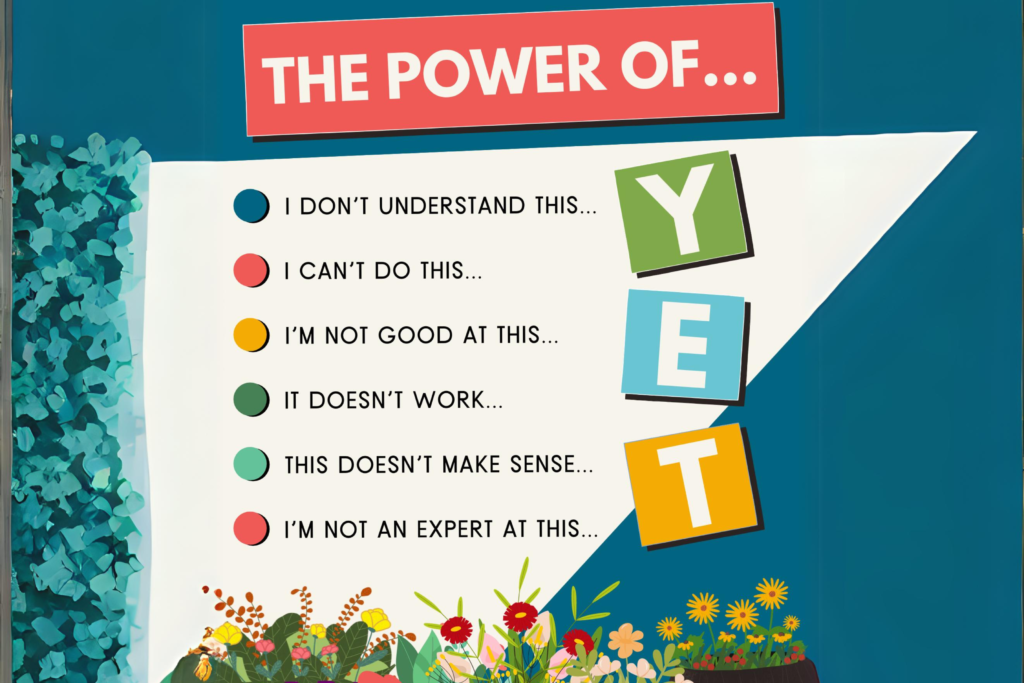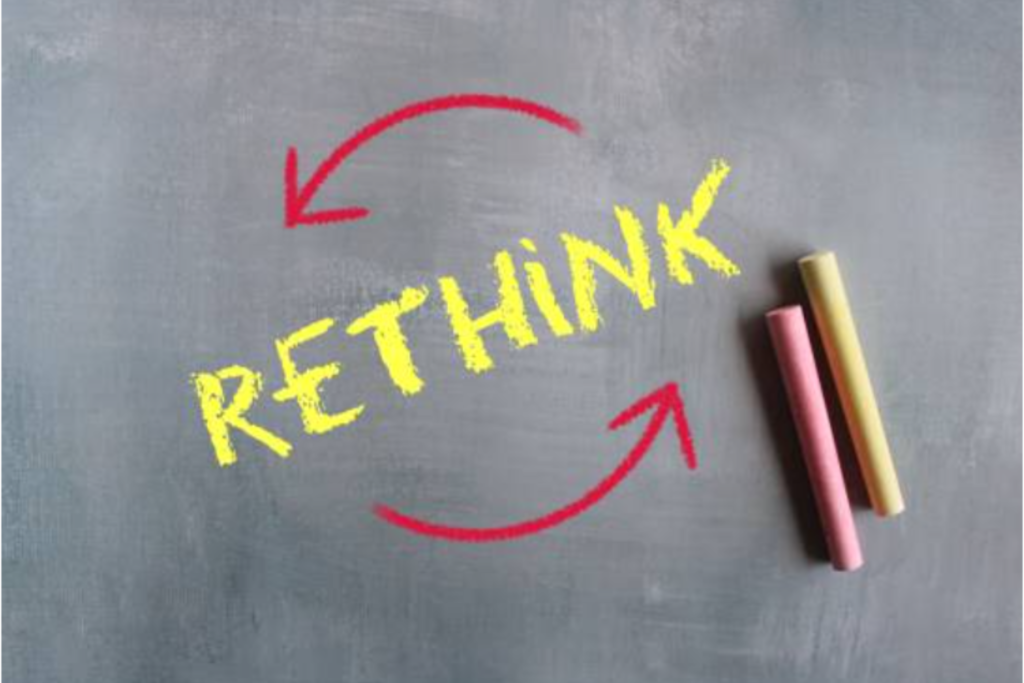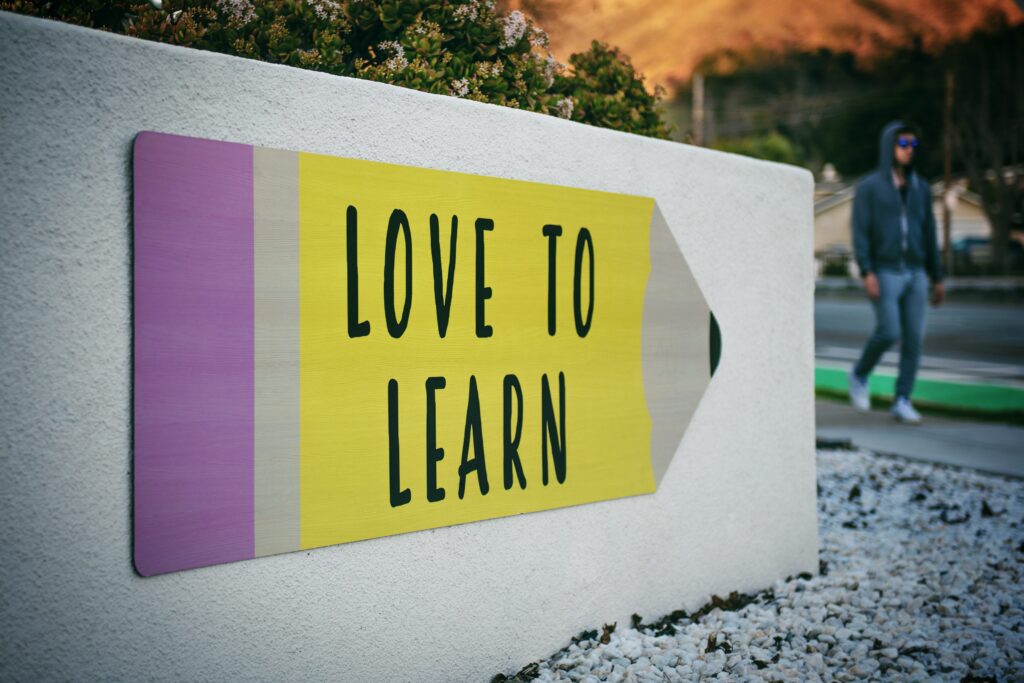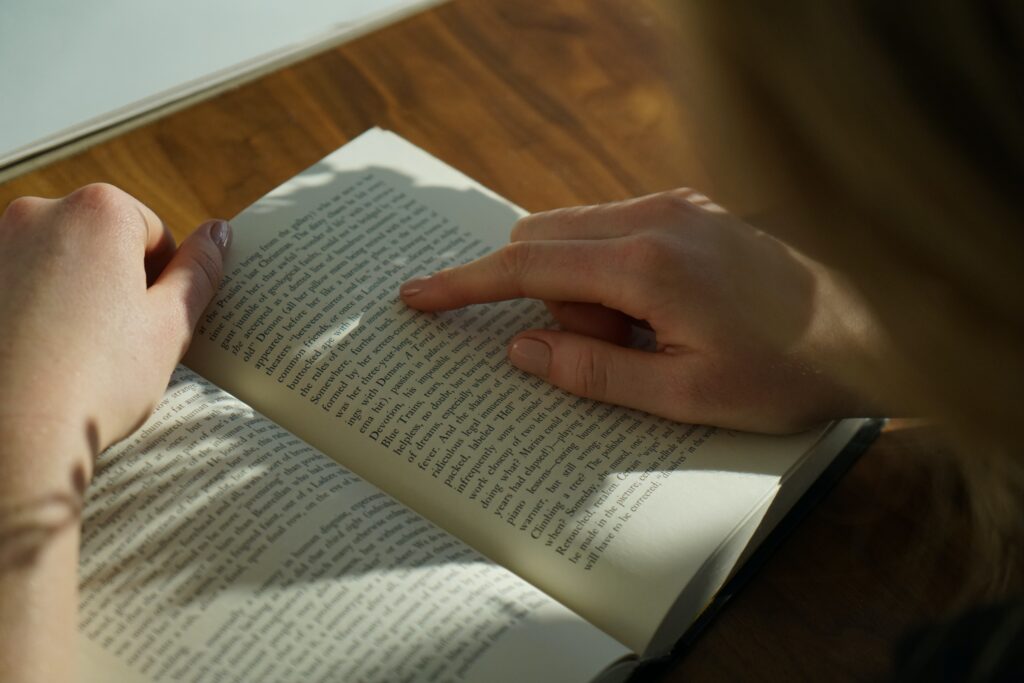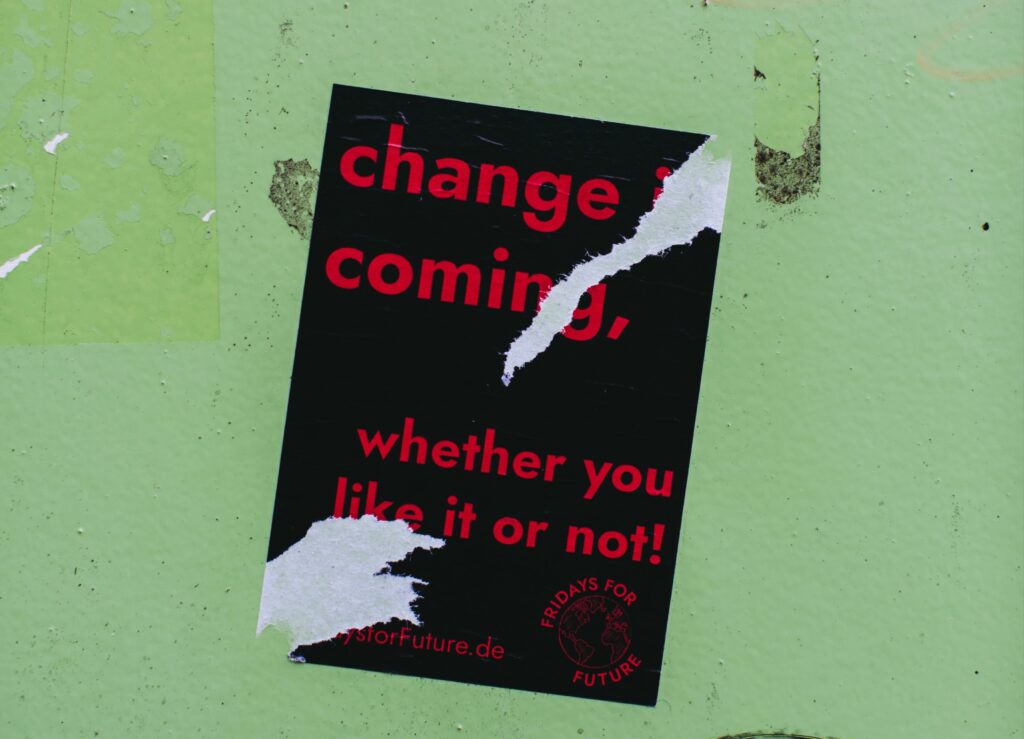Purpose of the Pitch
The purpose of this media pitch is to captivate educators and stakeholders in the field of elementary education by highlighting the effectiveness of the Blended Learning Station Rotation Model. The pitch aims to address the common challenges faced by teachers in creating engaging and meaningful learning environments while meeting the diverse preferences and needs of students. By presenting a concise overview of research findings, the pitch emphasizes the positive impact of the Station Rotation model on higher-order thinking skills, student engagement, and overall academic performance. The call to action encourages the audience to explore the rough draft of my article for a deeper understanding of how this innovative approach can revolutionize classrooms and engage in further exploration. Ultimately, the purpose is to inspire educators to consider implementing the Blended Learning Station Rotation Model in their classrooms for a more personalized, engaging, and successful learning experience for their students.
Media Pitch
Article Rough Draft
Curious to delve into the transformative impact of the Blended Learning Station Rotation Model on student engagement? Click the link below to read the rough draft of my article and explore the innovative insights shaping the future of education.
Connection to Innovation Plan
The ideas presented in the media pitch align seamlessly with my Interactive Learning Pods innovation plan. Both emphasize the need to address the challenge of meeting diverse student preferences and needs while fostering an engaging classroom environment. The concept of smaller learning groups, as proposed in the Interactive Learning Pods initiative, directly connects to the media pitch’s emphasis on creating interactive and collaborative spaces within the classroom. The use of the Station Rotation Model, blended with personalized learning plans, reflects the commitment to catering to individual strengths and areas for improvement, fostering personalized learning journeys as outlined in the proposal. The shift in the teacher’s role from a provider of information to a facilitator and mentor is consistent with the media pitch’s emphasis on empowering students to take ownership of their learning. Both the media pitch and the innovation plan share a common goal of heightening student engagement, cultivating a positive attitude towards learning, and fostering essential skills through collaborative projects. Together, these initiatives present a comprehensive strategy for creating a dynamic and inclusive learning environment that empowers students for lifelong success.
Digital Resources
In the rough draft of the article, I highlight a selection of invaluable digital resources designed to enrich and elevate the educational experience. The included links lead to platforms that cover various facets of education, fostering a holistic approach to learning. Here’s a glimpse of the digital resources incorporated:
Common Sense Education: This platform is a cornerstone for digital citizenship education, offering resources that aid educators in instilling responsible and safe technology use among students.
Kahoot and Blooket: These interactive quiz platforms take learning to a whole new level with game-based quizzes, injecting an element of fun and interactivity into the educational process.
Mystery Science and BrainPop Jr.: Specializing in science education, these platforms provide interactive and engaging content, transforming the learning of science concepts into an enjoyable and captivating experience for students.
Nearpod: An interactive lesson platform empowering educators to craft and deliver engaging lessons, assessments, and collaborative activities in real-time, enhancing the overall learning journey.
Lumio: This platform serves as a facilitator for collaborative projects, offering students the opportunity to collaborate on creative and educational endeavors. By doing so, Lumio promotes the development of essential teamwork and communication skills.
These carefully selected digital resources aim to enhance the educational landscape, providing educators with tools to create a more engaging and enriching learning environment for their students.
References
Ayob, N. S., Halim, N. D. A., Zulkifli, N. N., Zaid, N. M., & Mokhtar, M. (2020). Overview of blended learning: The effect of station rotation model on students’ achievement. Journal of Critical Reviews, 7(6), 320-326.
Bagum, M., Hina, Z., & Jamil, S. (2022). Effect of Blended Learning on Students’ Achievement in English writing skills at Elementary Level. Review of Education, Administration & Law, 5(3), 461-471.
Beukes, B., Barac, K., & Nagel, L. (2019, June). Student Preferences within a Holistic Blended Learning Environment. In EDEN Conference Proceedings (No. 1, pp. 276-290).
Bouilheres, F., Le, L. T. V. H., McDonald, S., Nkhoma, C., & Jandug-Montera, L. (2020). Defining student learning experience through blended learning. Education and Information Technologies, 25, 3049-3069.
Christina, S., Rusijono, R., & Bachtiar, B. (2019). The application of blended learning’s station rotation method in elementary school’s science education to improve higher order thinking skills. Dinamika Jurnal Ilmiah Pendidikan Dasar, 11(2), 79-85.

